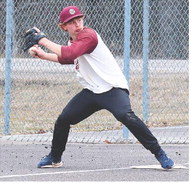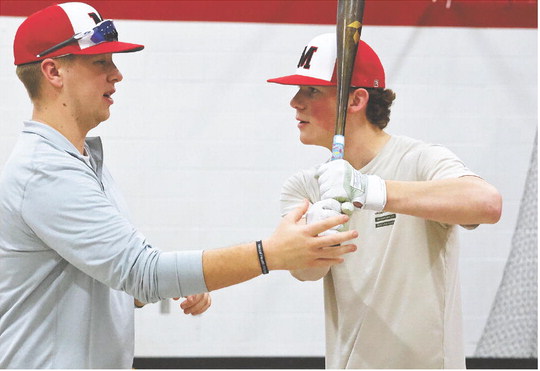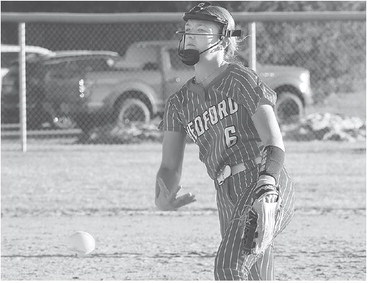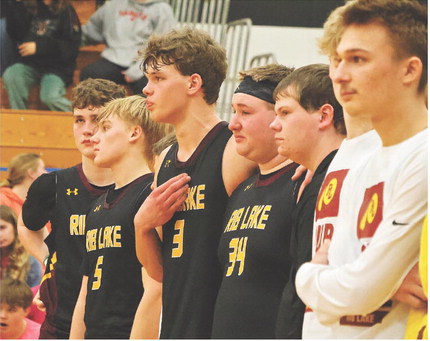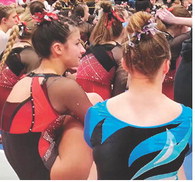Support walleye research; fishing at Escanaba Lake opens Saturday, June 8
The Wisconsin Department of Natural Resources (DNR) reminds anglers that after 20 years of limited harvest, Escanaba Lake in the Northern Highland Fishery Research Area will have an open walleye season this year starting on Saturday, June 8.
From 2003 through 2022, walleye harvest on Escanaba Lake was rare due to a trophy harvest regulation, which included a 28-inch minimum length and daily bag limit of one fish. These strict regulations were in place to allow the DNR to study the effects of low harvest pressure on walleye populations.
Now, research objectives have changed to study the effects of increased harvest levels on a formerly unexploited walleye population. This new study is estimated to continue through 2032.
To help with this research, anglers are needed to harvest enough walleye to meet the annual quota. Walleye anglers can monitor the remaining walleye quota available for harvest when visiting at the Escanaba Lake Check Station.
If the quota is met before the season’s closing day, March 2, 2025, walleye will be catch-and-release-only until the second Saturday in June 2025.
The following walleye fishing regulations are now in place on Escanaba Lake:
15-inch minimum length.
20-24-inch protected (no harvest) slot length limit.
Daily bag limit of three walleye, with only one walleye over 24 inches allowed.
Summer fishing hours (June through August) will be from 4 a.m. to 10 p.m. daily.
Additionally, anglers should be sure to follow all additional rules and regulations for the Northern Highland Fishery Research Area.
The Northern Highland Fishery Research Area is located in Vilas County within the Northern Highland American Legion State Forest. Established in 1946, its five lakes, Escanaba, Nebish, Pallette, Spruce and Mystery, have since been continuously managed for experimental fisheries research.
A mandatory creel survey of all anglers fishing the Northern Highland Fishery Research Area has allowed scientists to gather decades of data on angler demographics and harvest, leading to one of the largest creel datasets in the world.
Learn more at https://dnr.wisconsin.gov/topic/research/ projects/NHFRA.
